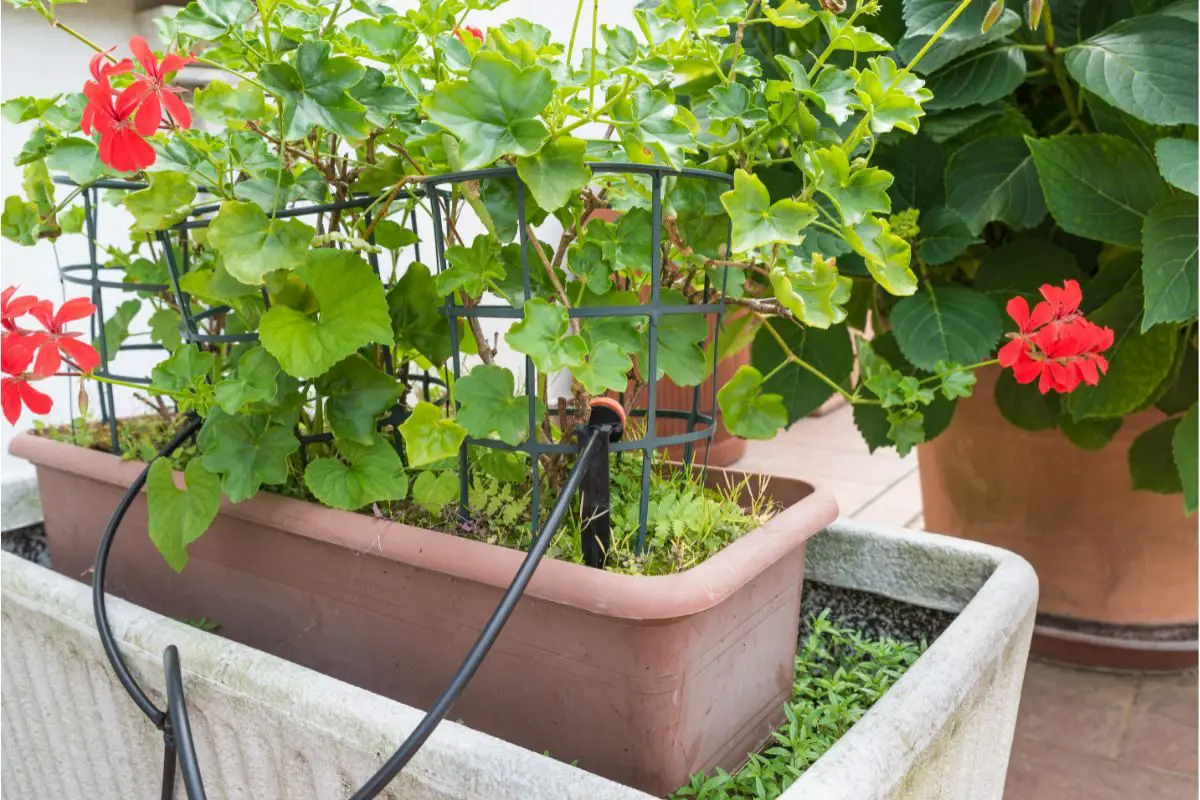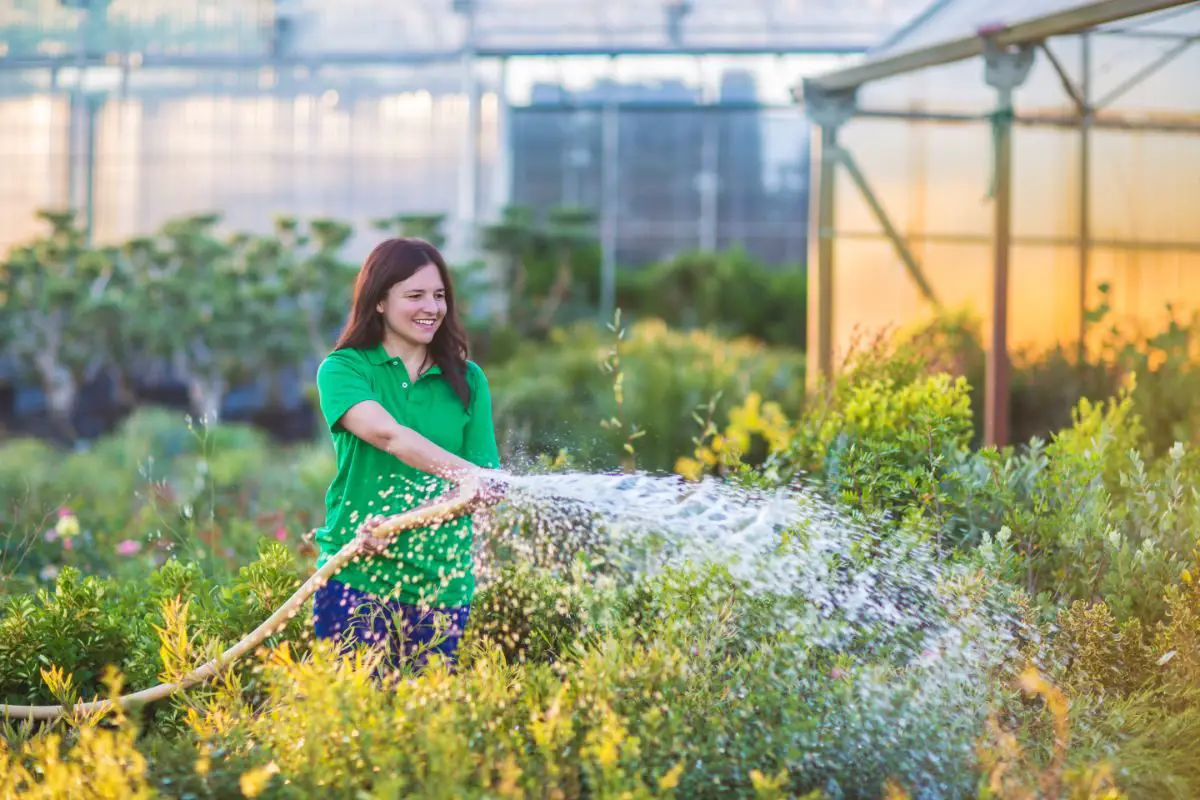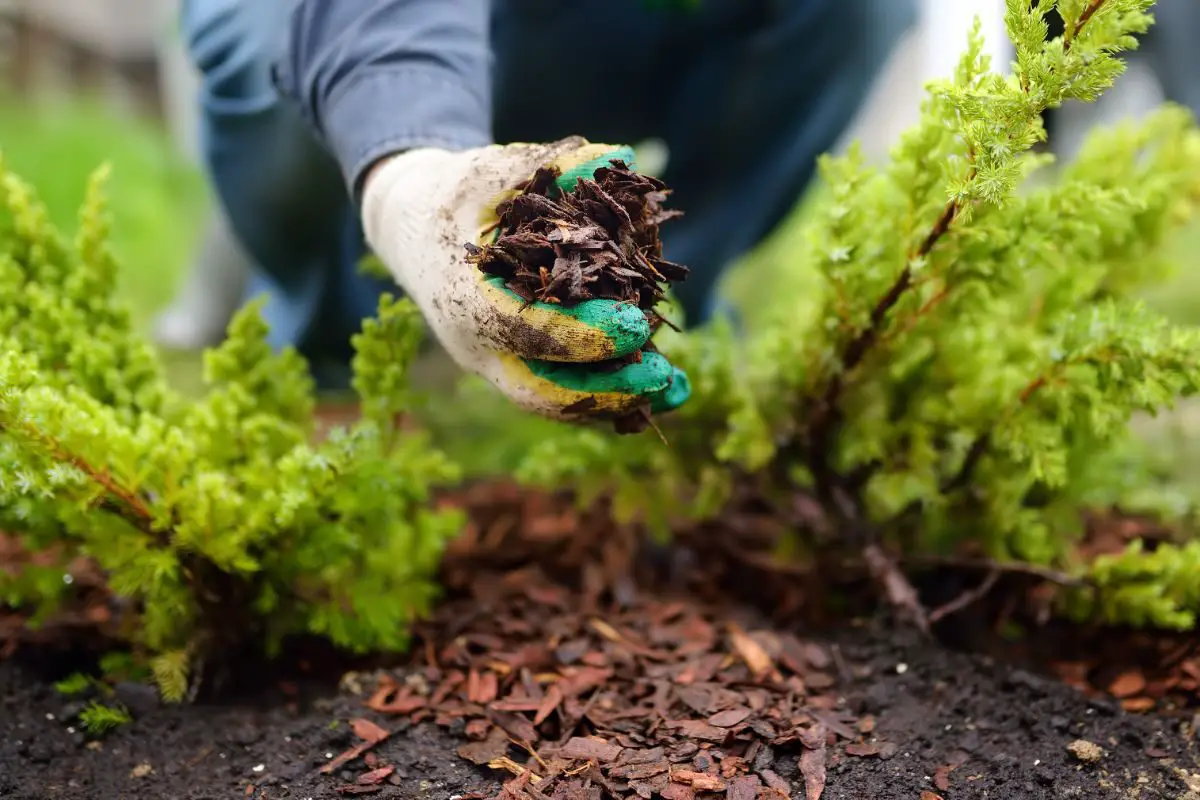For many of us, the thought of going away on vacation fills us with joy and excitement. But for those with plants, it can cause worry about how to keep them alive whilst you’re away.
If you’re not sure how to water your plants while you’re away, don’t worry, there are plenty of ways to keep your precious blooms from dying in your absence.
Choosing An Appropriate Watering System
Self-Watering Containers
Self-watering containers are a great way to water plants while away. With these systems, you don’t have to be there to manually water the plants.
Instead, the container holds a reservoir of water that’s connected to a wick or tube and then to your plant’s soil.
The wick absorbs the water from the reservoir and delivers it directly to your plant’s roots. This system is helpful for those who will be away for several weeks or more at a time.
Drip Irrigation Systems

Drip irrigation systems are easy to set up and can be used for both indoor and outdoor plants.
This type of system is made up of pipes or tubes with small holes that release the water slowly, like a drip, into the soil. This ensures that the plant roots get an even amount of moisture over time.
Another benefit of drip irrigation systems is that they help conserve water by delivering only what the plants need right where they need it.
This prevents any runoff or evaporation losses, so more of the water goes directly to your plants instead of being wasted on surrounding areas. An economical option, we’d say!
Automated Sprinkler Systems
Automated sprinkler systems are another plant watering option and can be programmed to turn on and off at certain times, making it a great solution for those who are not home for extended periods of time.
The system also helps conserve water by using sensors that measure the moisture in the soil and will only activate when required.
The installation requirements of an automated sprinkler system can vary depending on the size of your yard and the type of vegetation you have and the cost will also depend on how many zones or areas need to be covered.
If you are unsure about installing one yourself, then you may want to consider hiring a professional landscaper or irrigation specialist.
They should be able to provide advice as well as do a thorough assessment of your property before recommending a system that is best suited for your needs.
Hiring A Plant Waterer

Hiring a fellow plant lover may be the best solution for those looking to maintain their plants while away.
A caretaker can provide the necessary water and care for your plants, ensuring that they remain healthy and nourished.
The cost of hiring a caretaker can vary depending on the number of plants you have and how often they will need to be watered. However, you may feel better leaving your watering requirements to a trusted human.
It is important to make sure that the person you hire is reliable, trustworthy, and knowledgeable about how to take care of plants.
It would be helpful to ask around in your neighborhood or online forums for recommendations of reliable caretakers who have been hired before.
You should also ensure that whoever you choose is adequately insured in case something goes wrong while they are taking care of your plants.
If you’re lucky, you may have a green fingered friend who would be happy to look after your beloved plants whilst you’re away. Perhaps in return for a good bottle of wine?
Once the right person has been found, it is essential to communicate with them clearly about what needs to be done and when; this includes letting them know when you will be back, so they can plan accordingly.
Additionally, it would be beneficial to leave detailed instructions on how your specific plants should be taken care of – this includes information such as watering schedules and fertilizing needs.
Use Mulch And Compost

Mulch and compost are great tools to maximize efficiency when watering plants while away.
Mulch is a moisture-retaining material that can be spread around the base of your plants. It helps reduce evaporation and keeps soil moist for longer periods.
Compost, on the other hand, is an organic material that provides nutrients to the soil and helps retain moisture. Both mulch and compost help with water retention and should be applied regularly to help maintain healthy soil.
Organic materials such as grass clippings, leaves, straw, hay, or sawdust are all good options for mulch. Compost should be made up of organic matter like vegetable scraps, coffee grounds, eggshells, or fruit peels.
When applying either mulch or compost to your plants while away, you should ensure that it’s not too thick; this can lead to waterlogging, which can prevent oxygen from reaching the roots of your plants.
You also need to make sure that there is enough space between the mulch/compost and the stem or trunk of your plant, so air can circulate properly.
Choose Low Maintenance Plants
If you find you struggle to look after plants or are away for a lot of the time then why not choose indoor plants that need little water to survive?
These are the perfect choice for busy people who don’t have the time or resources to keep up with the demands of more water-intensive plants.
Plants like the ZZ plant, succulents, and cacti are all low-maintenance options that require minimal care.
The ZZ plant is a popular indoor houseplant, known for its distinctive glossy green leaves that can tolerate low light conditions. It requires very little water, with occasional deep watering at the base of its stem every few months.
Succulents, such as jade and aloe vera, are popular desert plants that can survive with very little water.
They are easy to maintain, requiring only a light watering once or twice a month. Cacti are also great low-maintenance plants that require minimal water.
Conclusion
There are many ways to make sure your plants are watered even when you’re not around.
With just a bit of preparation and some help from a caretaker or automated system, you can ensure that your green friends won’t go thirsty while you’re away! Either that or rethink your plant choices!
